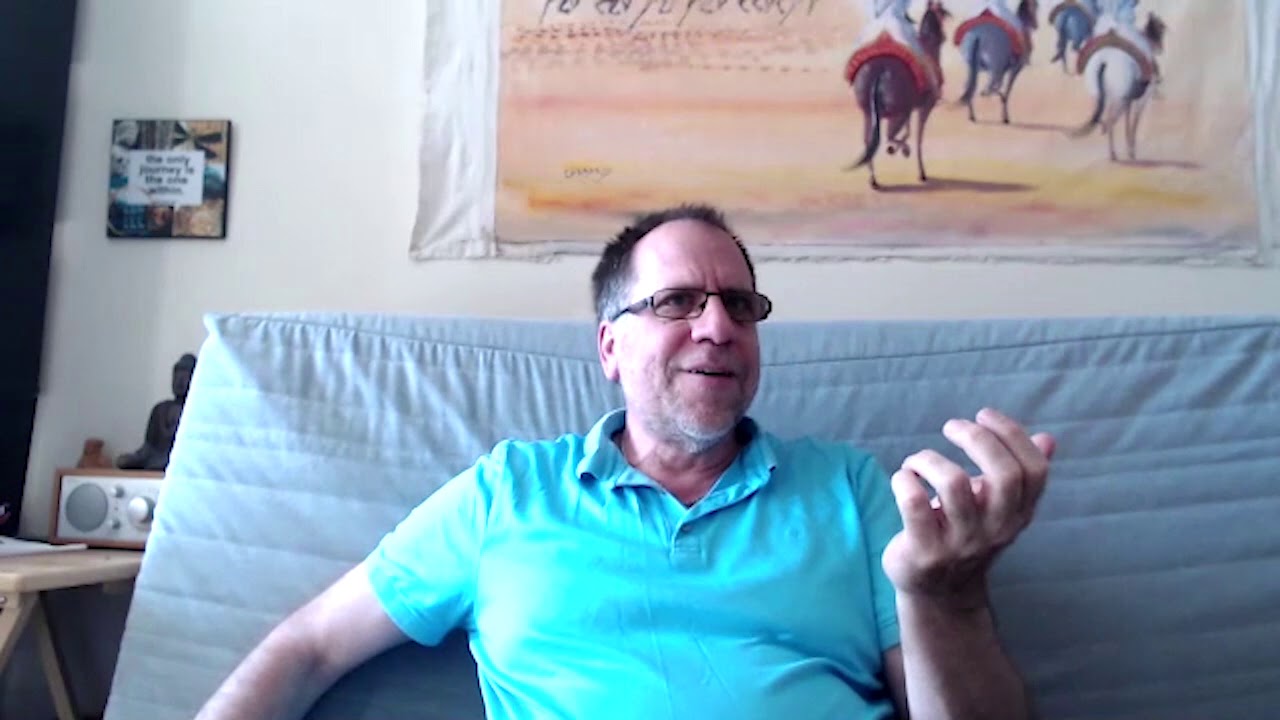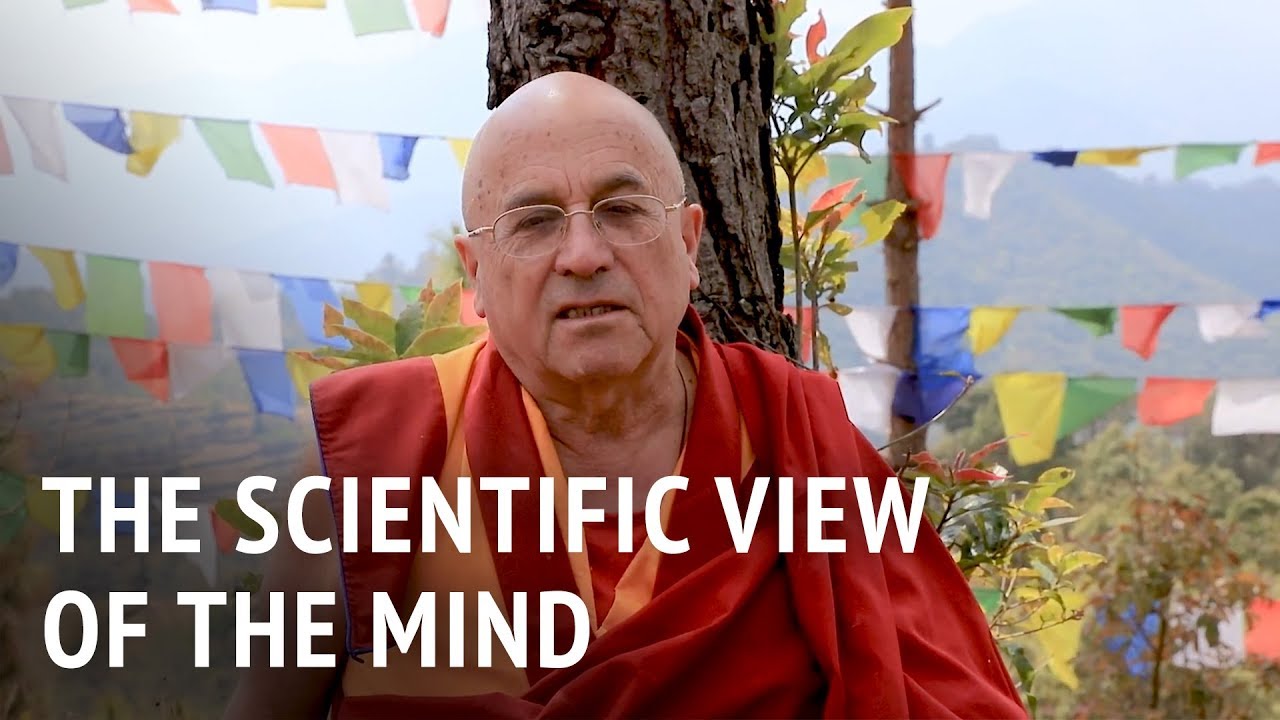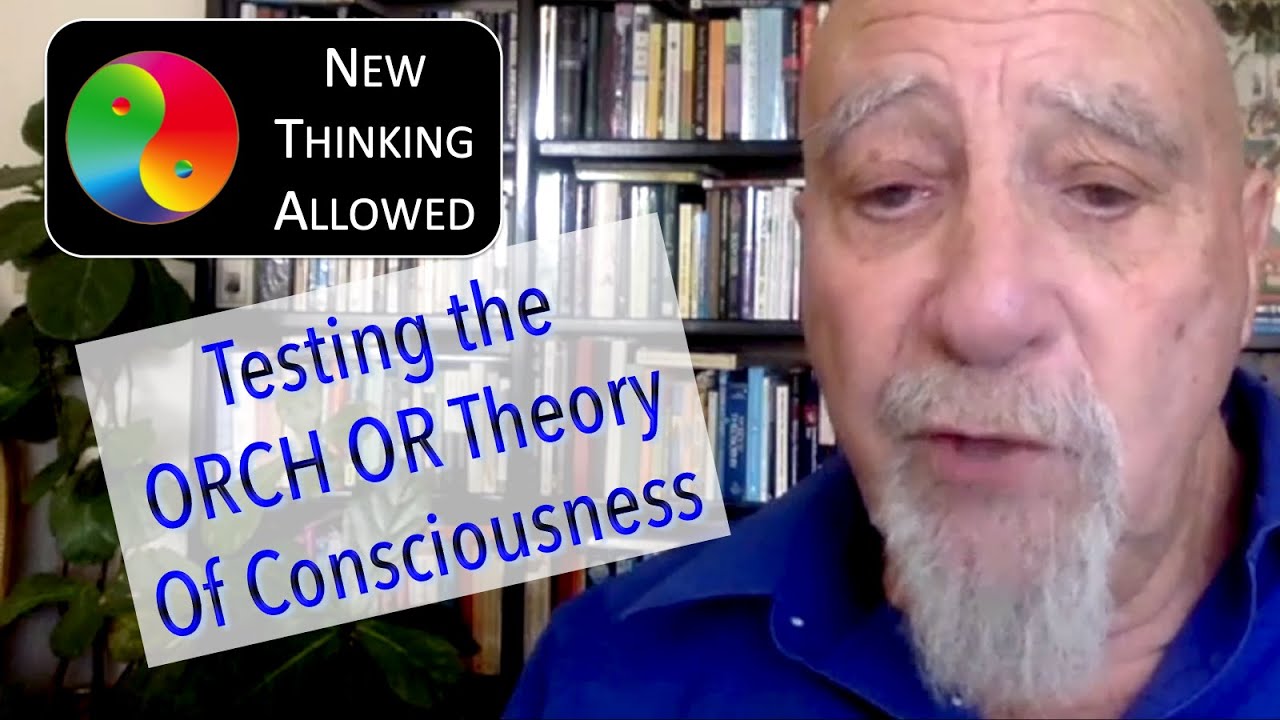John Vervaeke
In this episode Gregg and I return to talk about how Descartes explained the intelligence of non-human animals.
This is interesting because it bring to the fore the question of the relationship between intelligence and consciousness since Descartes claimed that such animals do not have consciousness. We see Descartes proposal what consciousness brings to intelligence. He proposes a function for consciousness that also helps to explain its phenomenological nature. I call this processes aspectualization, and we explore how it is born out in recent experimental work on multiple object tracking. This leads to the distinction between adverbial qualia such as hereness, nowness, togetherness in contrast to adjectival qualia such as greeness or blueness. Such adverbial qualia may help us give an integrated account of both the function and phenomenology of consciousness.
Source




The integration in terms of fusion you are talking about has a precise, but not quantitative description in terms of charts and manifolds for objects with intrinsic curvature such that no unified global coordinate systems is possible…think of a globe vs a flat map and the distance distortions. Whereas the integration of separate parts can be described directly in a single global frame.
Interestingly I think the rabbit illusion tells us something more…when you zoom out and zoom back in your aspectualization flips polarity. This also tells us that there is something that looks a lot like a fractal basin with two attractors.
You guys should write a book together 🙂
Thank-you very much, John and Gregg: as usual this was educational and instructive for me in a way which cuts through so much of the confusion surrounding what the critical issues around consciousness are. Bringing in Plyshyn's research as a key plank of RR was also wonderfully clear: it made me wonder though – doesn't FINSTING lend more weight to Kant's Categories as much as anything else? How does this factor into the RR theory? (P.S. Chomsky was nice enough to respond to a similar question and effectively said 'Kant was important but didn't add much more than the Neo-platonists'.)
John and Gregg, to me, are making it harder than it is as they are discussing all the many software programs and not getting under the hood (which animals can not do, presumably) to see the machine code of the operating system. When Gregg is talking about framing and John on fusion integration, ready for reason, and optimal grip, what is happening is the machine code: the more number of neurons that are stimulated (creating a larger neural network), the more information there is for framing and ready for reason. The object tracking shows the fewest number of neurons stimulated that are needed to attract awareness. Also, the pencil tapping on the video cassette, to me, demonstrates our arbitrarily cut off point for awareness and focus. One can perceive just the tapping on the object and stop it there, or perceive the the sensations on the finger tips and stop it there, or the sensations travelling through the arms and to the shoulder and stop it there. In all three degree of perception, the same number of neurons are stimulated, but we decided to cut off our focus to just a select few of neurons.
Does this make sense?
Thank you, this series has been a big help in bringing together fragments of my thought over the years. It particularly drives the buddhist "concept" of inherent emptiness home in a more salient way.
Dear John, with all the words you use to try and differentiate the relationship between intelligence & consciousness, why not use the history of your own self-consciousness to study where and when you began to collect the adverbial qualia and adjectivial qualia that enable you to do object tracking? The period of your life when you underwent the same highly adaptive developmental stages that all human beings do on your journey towards highly adaptive cognitive skills. Are you guilty of doing what we all do and dismissing your infancy as irrelevant? And are you addressing the issue of consciousness from an unwitting sense of "otherness" like you keep doing with the pencil?
Pencil is a word and that word does not "encapsulate" the reality of the pencil anymore than the word "brain" encapsulates the reality of your brain. And if we take a leaf from the feminists playbook of "the personal is political" then consciousness is "self-consciousness, even if you can't resist, through "habituation" dwelling in the same form of self-deception Descartes used; Analogy? Like when you put both hands behind your head & rest them upon your brains visual cortex, while doing the sleight of hand self-confusion of "imagining" there must be some kinda computer in there? It's starting to feel like the subconscious shadow of "Intelligent Design" is hanging over these cool sounding words with no substance, conversations.
Don't intend to swerve off course here, but is that a "Palantir" orb on Gregg's bookshelf? At one point, I also wanted to ask John about the horse and rider painting and the artist's repetitive presentation of horse and rider configurations, such as all the tails swooping in the same manner and the legs having repetitive positioning?
55:22 – of ______________, of salience tagging ?
Perhaps we are looking at the hard problem of consciousness the wrong way. Will it not be best to look for the mechanism that separates mind, consciousness, from the physical process of our world? It becomes a hard problem because consciousness, (even out of body experiences, remote viewing, and spiritualism) does not have a mechanism separate from the evolutionary physical world and is offhandedly dismissed as emergent from the physical world. But, there is such a mechanism that demonstrates consciousness, mind, is separate and independent from the physical world! And this mechanism also solves all the bewilderments and paradoxes of the quantum world (ie., collapse of the wave function, entanglement, many worlds, fine tuning, dark energy and matter, and combines gravity with quantum mechanics). This mechanism uses their own logic and science against them and is quantified through this four minute video: https://www.youtube.com/watch?v=6lOXlPZ6V8Q&ab_channel=onesourceuniverse
Thanks Gregg and John.
1:00 – recap
4:20 – ontologic epistemic grammar equivocation
6:56 – generation and function problems
8:33 – Cartesian formulation
9:42 – cognitive flexibility
11:30 – soulless intelligence?
14:19 – deep animal consciousness
16:14 – relational brain states/reason
23:03 – Cartesian aspectualization
24:17 – jazz riff
27:57 – Jon Searle (requisite intent)
29:42 – COMBO-BOOM (aspectual grouping)
31:22 – Wittgenstein Gestalted 🦆🐰
32:40 – conscious perspectival aspect framing (Cyril?)
34:34 – kerfuffle
36:22 – Vervaeke goes off the deep end!!!
37:42 – surprise insight poetry
39:02 – corpus callosuming
39:22 – Proposal Clip
41:03 – aspectualization basis
42:02 – functional self-delusion
42:58 – Godfathers of Computational Theory of Mind
43:33 – Led by data to challenge
50:42 – cohesive here-now thisness as categorical precedent
52:11 – jazz riff
54:35 – busted down to pre-test
55:33 – wifeswap
56:44 – that's the horse, here's Descartes!
57:36 – poo poo pineal
58:15 – naming names
1:03:30 – Look at your behavioral lensed glasses a second
1:06:26 – integration as salience fusion
1:08:39 – recursion – the third R
1:09:03 – Red Hue'd Frame
1:10:33 – Here, now, together
The rapport between John and Gregg is excellent… altering my perspective from things like "pain" to "paining" or "rage" to "raging" plus looking at my emotions rather than through them has been revolutionary… I learned how to do this during the Meditating with John Vervaeke course.
You guys are talking about the same thing as kabbalah, alchemy and other forms of mystical contemplation explore. Just in different jargon.